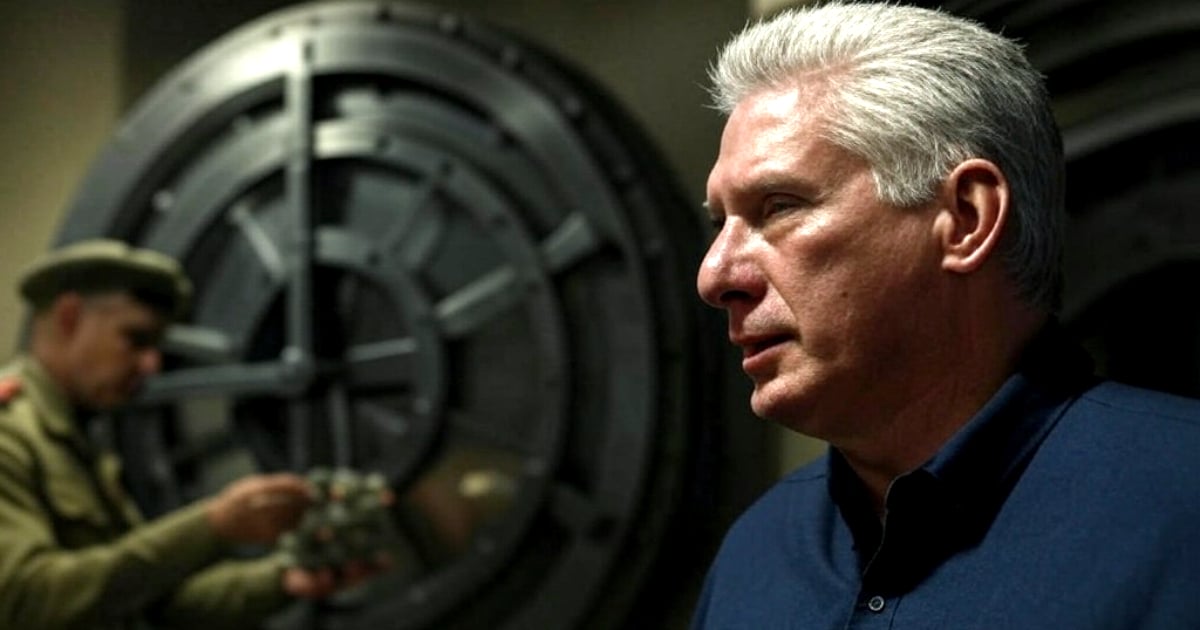
Related videos:
The recent decision by the Cuban government to move towards a partial dollarization of the economy has reignited an intense debate about its political and economic implications.
While authorities defend the measure as a necessary step to improve the availability of foreign currencies and control their illegal circulation, critics such as economist Pedro Monreal argue that this process is more about a political control strategy than an economic need.
Since the official announcement at the National Assembly of People's Power (ANPP), Prime Minister Manuel Marrero Cruz justified the partial dollarization, noting that “currencies are moving illegally within society” and that the decision aims for the government to have control over them and be able to use them for the welfare of the population.
However, Monreal stated that this policy is not an unavoidable necessity, but rather a choice made by the government to consolidate the state's economic power and exclude other market players.
In his analysis, detailed in an extensive thread on X, the economist warned that this process is returning Cuba to an economic model similar to that in place before the failed Tarea Ordenamiento: characterized by a segmented market, multiple currencies, and a gradual erosion of work incentives.
According to Monreal, rather than promoting growth and development, partial dollarization deepens inequalities and hinders social well-being.
An economic fragmentation strategy?
The government insists that dollarization is a preliminary step towards dedollarization, but Monreal questioned the reasoning behind this statement.
In their view, partial dollarization becomes a mechanism for the transfer of value that benefits certain state economic interests and, rather than being a path towards stability, tends to perpetuate itself over time.
He also pointed out that the government has chosen an economic fragmentation focused on state monopolies, using control over remittances as a way to evade the existence of a functional currency market.
One of the main criticisms is that the absence of a legal exchange market in Cuba is not an external imposition, but rather a political decision made by the government itself.
For Monreal, the official discourse justifying dollarization as an attempt to eliminate the informal currency market is misleading, as it ignores that the absence of a legal exchange system has been a deliberate policy.
The impact on the population and the private sector
The return of dollar stores and the expansion of payments in foreign currency in specific sectors have generated a mixed response from the population. While some consumers celebrate the availability of products, others claim that these measures deepen economic inequalities.
For many families, the only way to access basic goods is through remittances sent from abroad or by purchasing foreign currency in the informal market, where the Cuban peso continues to lose value.
The private sector, for its part, is also affected by this policy. Partial dollarization does not eliminate the need to turn to the informal market for foreign currency; in fact, it may even increase demand and speculation.
With no accessible official exchange market for everyone, non-state actors must turn to unregulated channels, which creates greater instability and distrust in the economy.
Is a way out viable?
Historically, dollarization in Cuba has been a cyclical phenomenon linked to economic crises.
During the Special Period, the adoption of the US dollar as legal tender was accompanied by a broader package of economic measures, including the opening up to foreign investment and the creation of incentives for production.
Currently, partial dollarization does not seem to be accompanied by comprehensive strategies that promote productive development or the recovery of the value of the Cuban peso.
Monreal stated that, without structural changes in the economy, it is unlikely that partial dollarization will stabilize the situation. For this to happen, profound reforms would be necessary, including the establishment of an efficient currency market, the promotion of productivity, and an increase in salaries in the national currency.
Without these complementary measures, partial dollarization risks becoming a permanent state that benefits certain sectors to the detriment of the majority of the population.
Conclusion
The debate over dollarization in Cuba transcends mere economics to become a significant political issue. While the government defends the measure as a necessary evil to ensure stability, critics like Monreal warn about its long-term implications.
The lack of transparency in currency management, the absence of an official exchange market, and the segmentation of access to goods and services are factors that continue to affect the majority of citizens.
In the context of a deep crisis, the key question remains: is partial dollarization a step towards economic stability, or a tool to maintain state control over financial resources? The answer to this question will determine the course of the Cuban economy in the coming years.
Filed under: